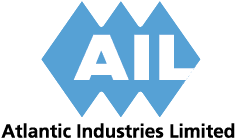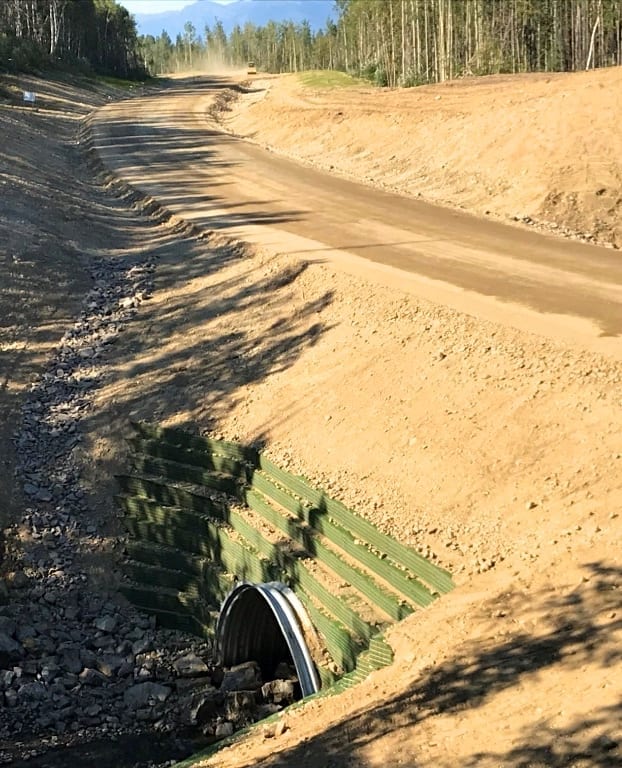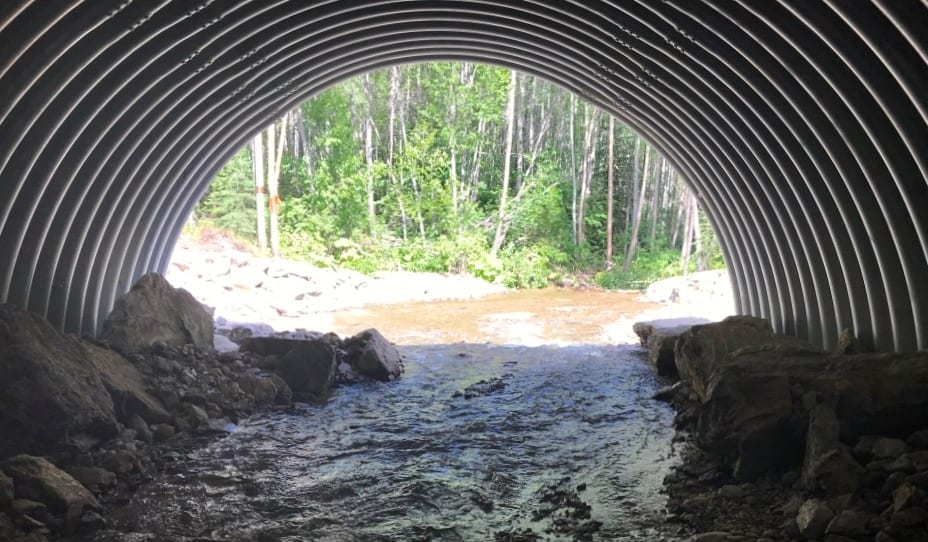April 13, 2019
No need for large concrete spread footings and/or a piled foundation — a significant advantage in terms of cost and speed of installation
About half a day’s drive northwest of MacKenzie, BC, the Ministry of Forests, Lands, Natural Resource Operations and Rural Development (the Ministry) was upgrading a single lane resource road to a widened and realigned two-lane configuration. At km 58, a curved road section needed to cross an 11-m-deep stream gulley — quite possibly the perfect setting for an AIL GRS Bridge to show what it can do.
GRS Bridges are fast, economical
That’s because an AIL GRS Bridge can fill that void and follow the road’s grade and curve with economy and speed, using locally available crews, equipment and backfill materials. It’s a combination that is hard to beat, especially in remote locations. Although the BC Ministry allowed bidders to offer alternatives such as clear span bridges, none were offered.
A patented, pre-engineered system that “puts the dirt to work”
AIL’s GRS technology is a patented, pre-engineered buried bridge system originally developed for the forestry and resource industry sectors. It uses steel anchor rods to connect a Super•Cor structural plate arch to the layered backfill/geotextile composite and “puts the dirt to work” by transfering the dead and live loads into the surrounding GRS mass.
No need for concrete or pile foundations
The watercourse’s approximate channel width was 5 to 6 m. Given that the Ministry’s Standard Drawings require a GRS arch span to be sized at a minimum of 1.2 times the natural stream width, Terratech Consulting selected an 8.3 m span arch. This ensured a wide enough opening to install large rock along the arch to offer scour protection and convey design peak flows within a relatively shallow depth range (approximately 1 m).
The Super•Cor Arch was fitted with 175 mm standard-width base channels bearing on a compacted boulder layer with the voids infilled with sand and gravel. This foundation detail eliminated the need for large concrete spread footings and/or a piled foundation — a significant advantage in terms of cost and speed of installation on this remote site. Also, without large footings, the streambed could be maximized to convey peak flows, woody debris and sediment through the crossing unimpeded.
To ensure on-time delivery to the site, the Ministry pre-ordered all the materials and stored them in our Armstrong, BC yard. The Super•Cor Arch components, anchors and wall components were shipped on two trucks to a staging area near the proposed crossing.
On-site assistance provided
The assembly crew did not have any formal experience in assembling deep corrugated structural plate, so AIL staff traveled to the site and spent three days delivering hands-on assistance and training. See the Gallery feature for more detail on the construction sequences.
AIL, Terratech and Ministry staff traveled to the site near the end of construction to check on the contractor’s progress and the as-built condition — all parties were happy with the results.
“We were pleased that it was easy to work with your company in ordering the materials and delivery of the product to the site was on time with no issues. Phil Carroll’s on-site presence to assist the contractor with the assembly of the arch was extremely beneficial in getting the project off to a good start. Also, the follow-up on the project for any issues with the arch and what AIL could do better was greatly appreciated. Great product and great service!”
— Gary Zsombor, RFT, Engineering Program Specialist, BC Ministry of Forests, Lands, Natural Resource Operations and Rural Development
The new crossing is hardly even visible from the road (red arrow indicates position) as drivers pass over at speed and unimpeded. Plus, there are no bridge surfaces and joints to maintain over the life of the crossing.
Project Gallery
-

Northward view of crossing site.
-

Start of two-ring Super•Cor plate assembly while site was being excavated. -

Super•Cor sub-assemblies ready and waiting in adjacent staging area. -

Temporary creek by-pass flume from site access road.
-

Construction of boulder foundation on excavated base. -

Completed boulder foundation being track-packed by excavator. -

Watering and vibration used to infill voids in boulder foundation with sand and gravel. -

Thin veneer of granular fill is placed and compacted to achieve uniform grade before arch sub-assemblies are placed.
-

Super•Cor sub-assemblies installed in base channels directly on prepared foundation soils. -

Large rock armour placed inside arch edges as rings are being placed. -
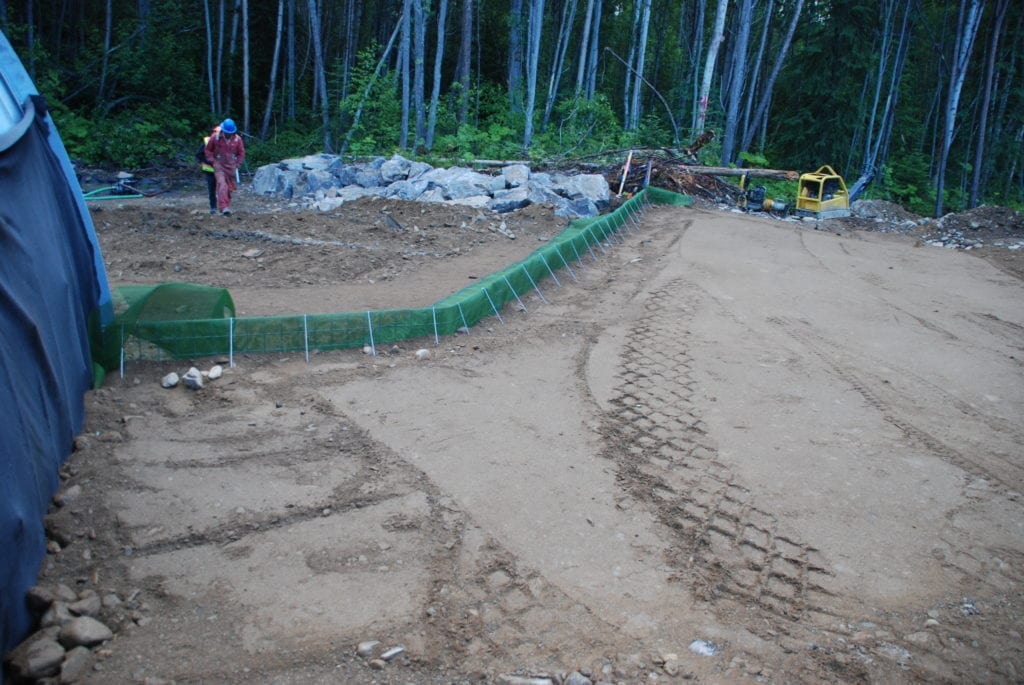
After the arch was fully assembled and tightened, a layer of wrapped non-woven geotextile
was installed and the first layer of wire mesh GRS wall was started. -
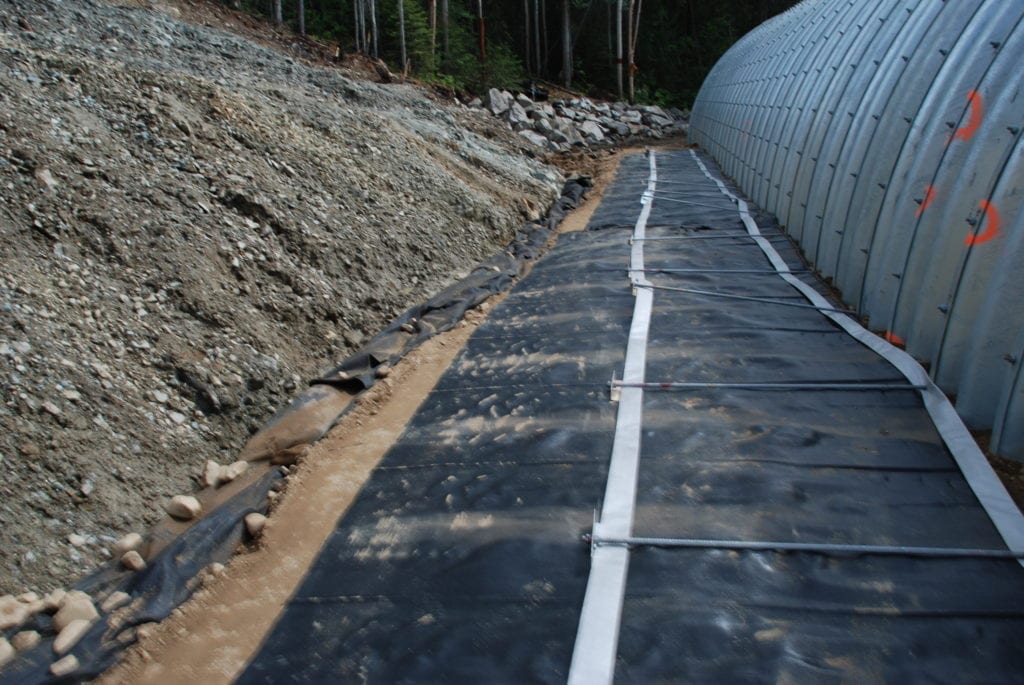
First layer of AIL 100 Woven Geotextile and steel anchor rods with wick drain on left.
Successive layers of AIL 100 Woven Geotextile were 280 mm apart, vertically. -

To provide a 75-year service life for the GRS end walls, Mirafi Miramesh was installed as a facing geotextile. -

Mirafi Miramesh had been used previously in the same area and allows vegetation cover to grow after construction. -
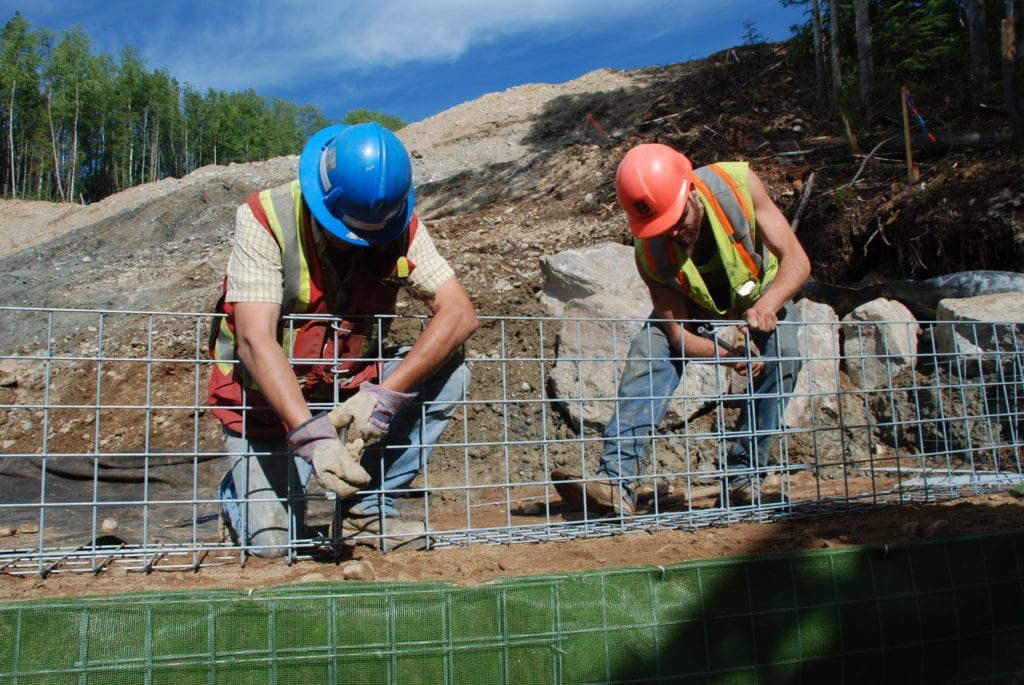
Connecting forms together on downstream left wingwall. -
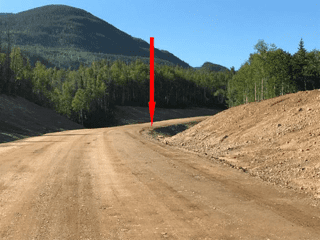
Northward view of completed crossing. Arrow indicates crossing location.
